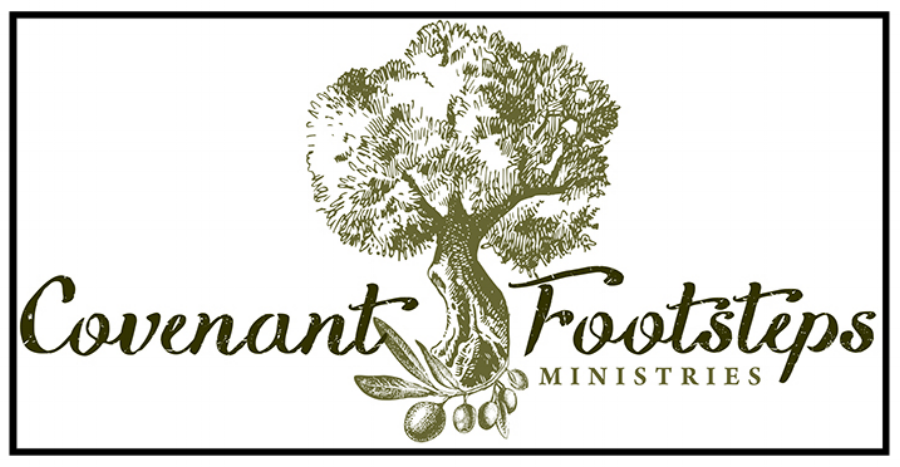Dark and Light of Passover
Yeshua was rejected on Passover. According to divine plan, the time had come for the Father to bruise Him. He was crushed for iniquity. Since all had turned from the Torah to follow their own paths, our transgressions were laid upon Him. For the defiant sheep who had gone astray, the Passover Lamb was pierced.
The Romans beat the Man of Sorrows so severely during the Passover execution, people hid their faces. They could not look at His ripped flesh, or bear the sight of dripping blood. As He was cut from the land of the living, Yeshua was building the Kingdom for those who dared not peek.
His soul was their guilt offering. Throughout His sacrifice, He never complained. In fact, He never opened His mouth at all. He went willingly to the slaughter – much like the lambs which Temple pilgrims brought on Passover. Just as a lamb before its shearers was silent, so was He. He did not protest. He never proclaimed His innocence, though He had done no violence, nor spoken deceit.
The Passover wine (or juice) we lift up this week recalls Yeshua’s blood which was shed in grief on Passover. The matzah we break this week recalls Yeshua’s body which was broken as He carried our anguish.
On the day of Passover preparation, He relinquished His freedom to give us freedom from sin. He perished for disobedience. But, it was not possible for Light to remain dark. As the Feast of Firstfruits dawned, Yeshua – the uncreated Light, the Light of the first day – modeled techiyat ha-metim, the resurrection of the dead. He rose from the dead as the firstfruits from the dead. His resurrection recalls the truth that freedom costs something. Clearly, freedom is not free.
Published March 29, 2018
